
Sharing Your Day
Close connections between caregivers help children feel secure.
Little ones require lots of attention, which is why caregivers and parents are some of the busiest people! Luckily, there are lots of easy ways to communicate with parents about their child’s time in care, to help build strong caregiver-parent relationships. You might try:
- Taking pictures of kids on your phone throughout the day to document what they did and what they learned. Send the pictures to parents as updates!
- Writing short notes to parents daily, weekly, or monthly, to keep them in the loop about what their child is doing and learning while in care.
- Using a phone to record voice notes about things that happened during the day to share with parents. Kids can record messages to send to their parents, too!
- Setting up a scheduled time during the week to touch base with parents on the phone or in person to exchange any questions, concerns, or thoughts about children’s care.

The Power of Following Children’s Lead
Joining children in their play offers so many opportunities to encourage, communicate, bond, spark and share joy, teach, show warmth and kindness, and help them thrive.
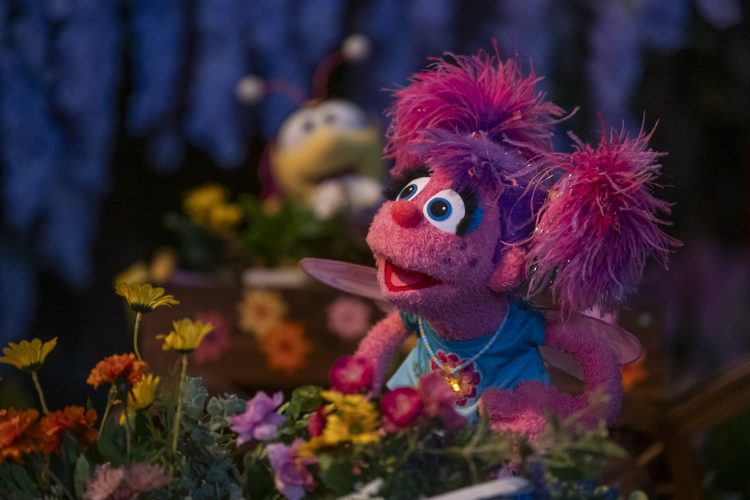
Watch and Play: Abby's Magical Beasties
Watch this episode and explore ways to extend the learning at home.
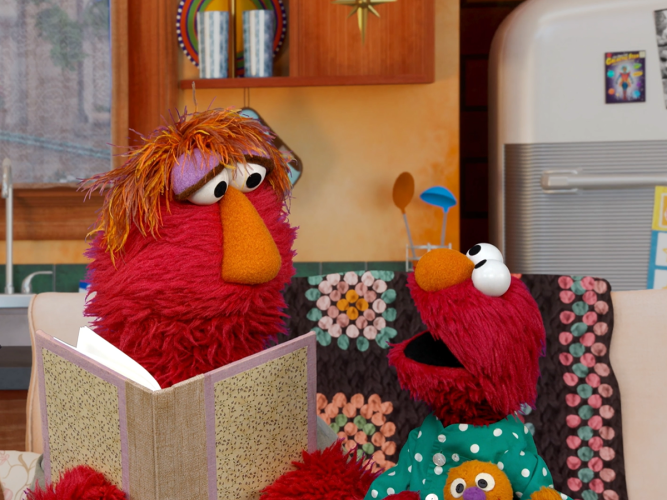
Go To Sleep, Elmo!
Handling a middle-of-the-night monster moment.
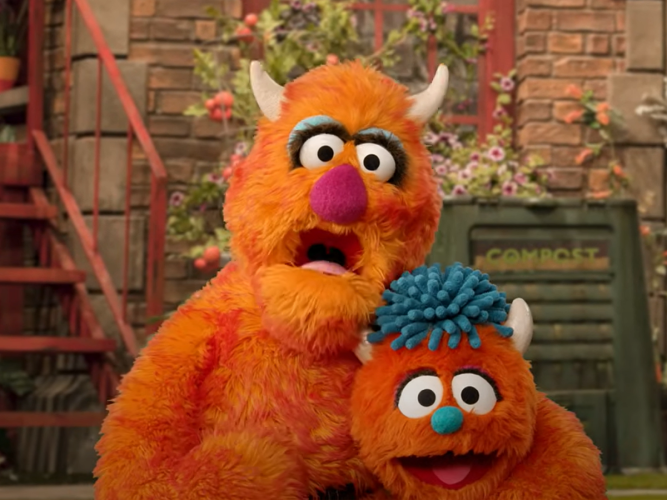
Monster Meltdown
Meltdowns happen… but they are somewhat predictable! As you try to handle them, curiosity and patience go a long way.
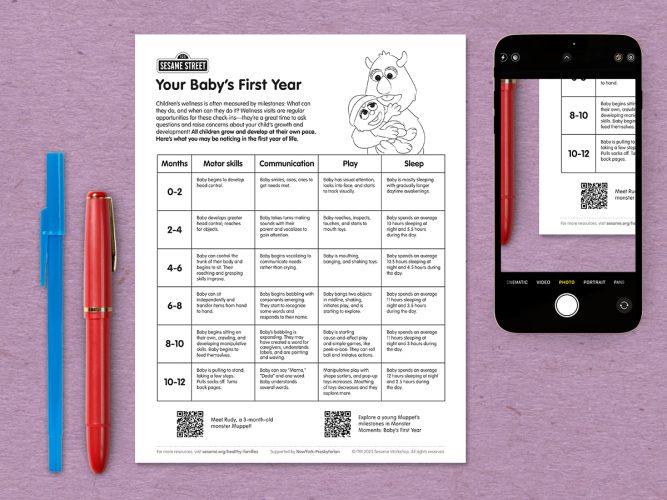
Milestones: Your Baby’s First Year
All children grow and develop at their own pace; use this chart to guide your expectations and observations so you can talk to your child’s pediatrician about questions or concerns.
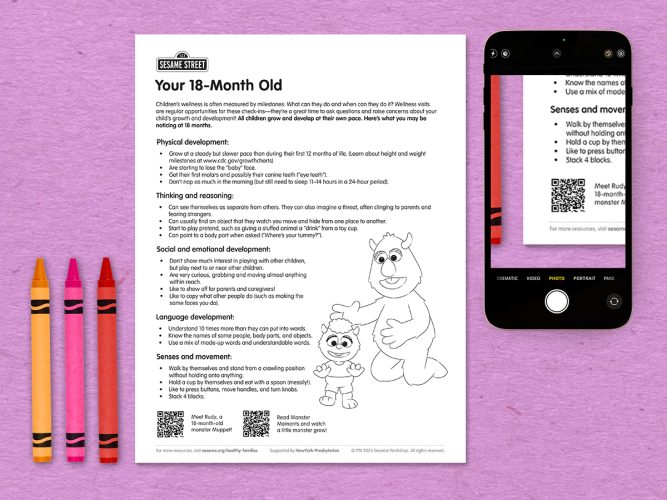
Milestones: Your 18-Month Old
All children grow and develop at their own pace; use this chart to guide your expectations and observations so you can talk to your child’s pediatrician about questions or concerns.
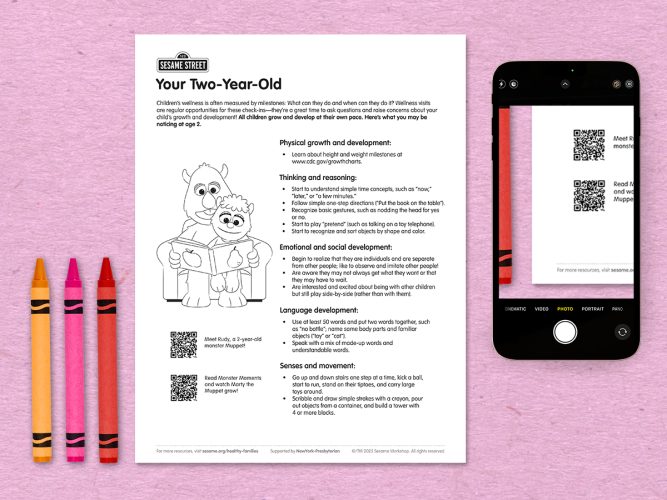
Milestones: Your Two-Year-Old
All children grow and develop at their own pace; use this chart to guide your expectations and observations so you can talk to your child’s pediatrician about questions or concerns.
